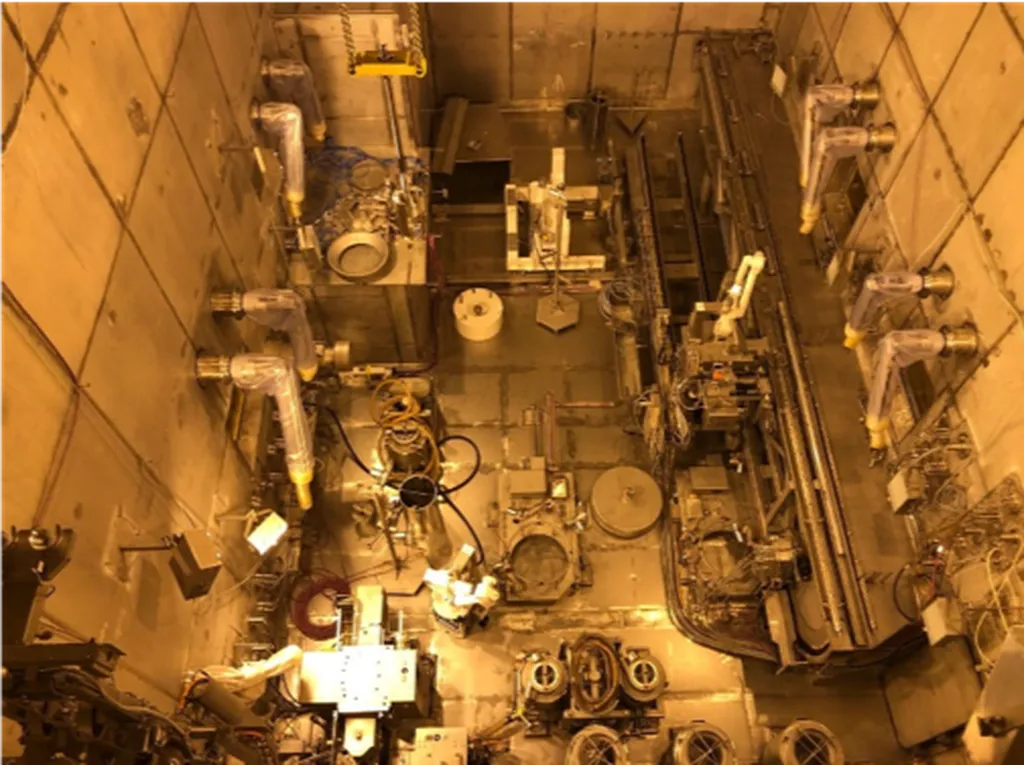In the realm of construction and energy infrastructure, ensuring the safety and stability of suspended equipment during seismic events is paramount. A recent study published in the *International Journal for Computational Civil and Structural Engineering* (formerly known as the *International Journal for Computational Civil and Structural Engineering*) sheds light on innovative strategies to mitigate seismic responses in suspended equipment, particularly steam boilers, which are critical components in energy plants. The research, led by Aleksandr Anuschenko of CKTI-VIBROSEISM Co. Ltd. in Saint-Petersburg, Russia, explores the effectiveness of Base Control Systems (BCS) in conjunction with hysteresis dampers to enhance the seismic resilience of metal frames supporting such equipment.
Suspended equipment, such as steam boilers, often relies on bracing systems to reduce oscillation amplitudes during earthquakes. Hysteresis dampers are commonly used in these systems, but their installation can sometimes exacerbate the stress-strain state of the supporting frames. To address this, Anuschenko and his team propose the integration of a Base Control System, which includes elastic spring elements and viscous dampers. The BCS is designed to carry the load from both the frame and the equipment, thereby decreasing vibrations and increasing the overall damping of the structural system.
“The key challenge here is to find the optimal parameters for the BCS during the design process,” Anuschenko explains. “This ensures not only the strength and reliability of the building structures during an earthquake but also provides the most financially economical technical solution.”
The study highlights the importance of determining the most optimal number of viscous dampers to achieve the maximum reduction in seismic response. By using an analytical model of the “suspended equipment-frame” system with bracing hysteresis dampers and BCS, the researchers demonstrate how different parameters of the seismic insulation elements can affect the efficiency of their installation. This model, easily implemented using MathCAD software programming tools, offers a practical approach to optimizing seismic resilience without the need for detailed finite element models, which can be time-consuming and resource-intensive.
The implications of this research are significant for the energy sector, particularly for power plants and industrial facilities that rely on suspended equipment. By enhancing the seismic performance of these systems, the study paves the way for safer and more cost-effective infrastructure. “This research could revolutionize how we design and implement seismic protection systems for critical equipment,” Anuschenko adds. “It’s not just about safety; it’s about ensuring operational continuity and minimizing financial losses during seismic events.”
As the energy sector continues to evolve, the integration of advanced seismic protection technologies will be crucial. Anuschenko’s work not only provides a robust framework for improving the seismic resilience of suspended equipment but also sets the stage for future developments in the field. By leveraging analytical models and optimizing the use of BCS and hysteresis dampers, engineers and architects can design structures that are both resilient and economically viable, ensuring the safety and efficiency of energy infrastructure in seismic-prone regions.

